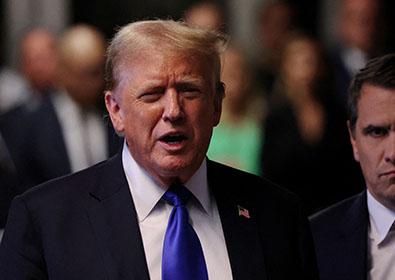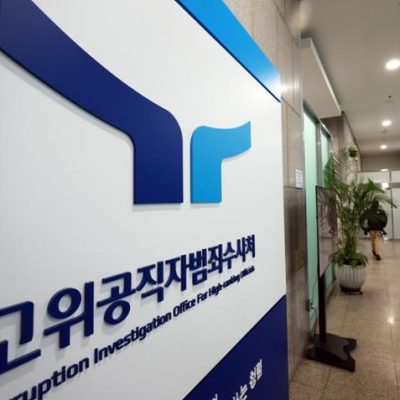Will a Billionaire’s Gamble Revive the Paper’s Fortune?
The Los Angeles Times, the West Coast’s journalistic powerhouse, stands at a crossroads. In a recent Fox News appearance, billionaire owner Patrick Soon-Shiong, who acquired the paper in 2018, outlined a dramatic shift in editorial direction that has sent shockwaves through American media circles.
“We’ve conflated news and opinion,” Soon-Shiong declared, a statement that served both as a mea culpa for the paper’s past practices and a harbinger of sweeping changes to come. For a newspaper long associated with progressive values, the promise to present “views from both sides” marks a seismic shift in its editorial stance.
This transformation didn’t emerge from a vacuum. The immediate catalyst was an internal crisis over the paper’s 2024 presidential endorsement—or rather, the lack thereof. The eleventh-hour decision to withhold an endorsement led to the resignation of three editorial board members, a development that has reverberated both within and beyond the newsroom. For a publication historically aligned with Democratic perspectives, this neutral stance represents an unprecedented departure from tradition.
Soon-Shiong’s vision for the paper’s future includes recruiting conservative voices to the editorial board, citing CNN commentator Scott Jennings as an exemplar of the perspectives he seeks to incorporate. He frames this shift as essential to “maintaining democracy” by representing “the views of all” readers, both in California and nationally.
But can this radical reinvention spark a renaissance for the LA Times? Skeptics warn of potential alienation among the paper’s core progressive readership. Former editorial board member Karin Klein, writing in The Hollywood Reporter, sharply criticized the endorsement decision, arguing that the last-minute nature of the change effectively silenced the editorial board’s voice at a crucial moment.
Soon-Shiong acknowledges the risks inherent in this transformation, openly anticipating significant pushback. Yet his decision appears rooted in cold business calculus: progressive values alone no longer guarantee financial sustainability in today’s media landscape. This pragmatic approach to journalism’s future raises profound questions about the balance between editorial principles and commercial viability.
As the media industry continues its rapid evolution, the LA Times’ bold experiment commands attention. Will this pivot toward the center emerge as a model for sustainable journalism, or will it merely dilute the paper’s distinctive voice? The implications extend far beyond the paper’s Southern California home base, challenging fundamental assumptions about the relationship between editorial identity and financial success in modern media.
The stakes could hardly be higher. Soon-Shiong’s gambit forces us to confront essential questions about journalism’s future: How can news organizations maintain their editorial integrity while ensuring financial sustainability? Is ideological neutrality the answer to declining readership, or does it risk sacrificing the very character that makes a publication valuable to its core audience?
As this drama unfolds at one of America’s most storied newspapers, it offers a compelling case study in the challenges facing modern journalism. The outcome of this experiment may well influence how other publications navigate the delicate balance between principled journalism and market demands in an increasingly polarized media landscape.






